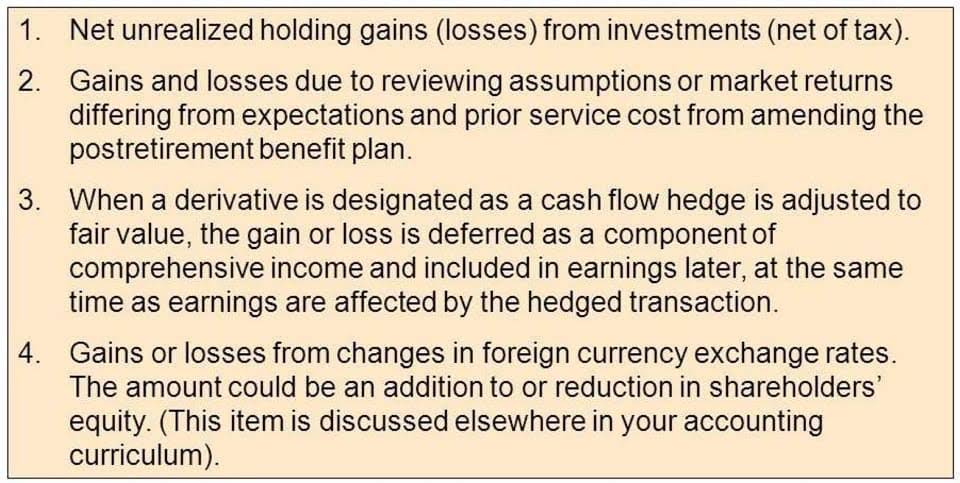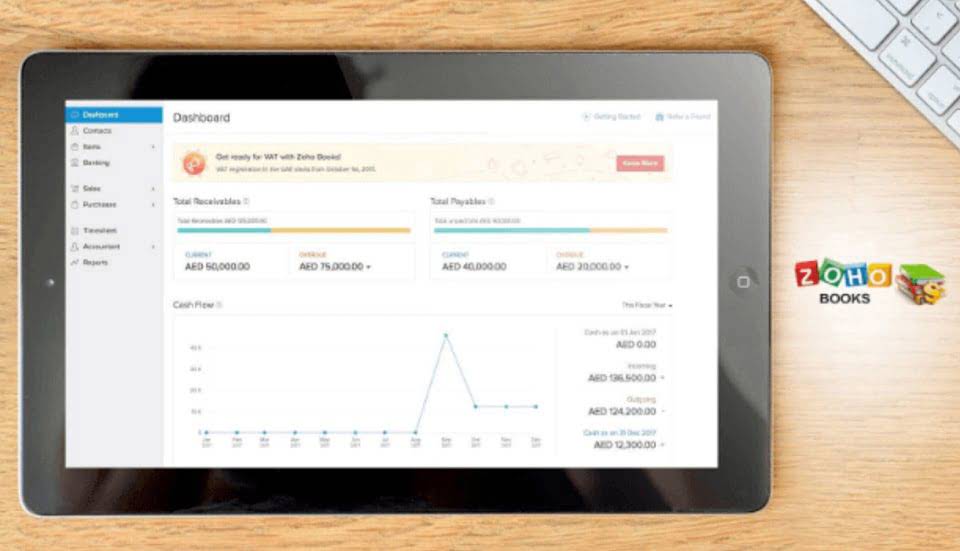
Long-term assets are the value of the capital assets and property such as patents, buildings, equipment and notes receivable. It’s important to note that the recorded amounts of certain assets, such as fixed assets, are not adjusted to reflect increases in their market value. The simplest and quickest method of calculating stockholders’ equity is by using the basic accounting equation. The easiest way to purchase equity is by investing money in the relevant company’s stocks.
Subtracting Total Liabilities from Total Assets

In this case, it’s just the value of all your assets (cash, equipment, etc.) minus all your liabilities . If a company’s equity is negative for a prolonged period of time, it can amount to balance sheet insolvency. That is, it indicates how much money would be available to the company’s shareholders if it goes bankrupt and is forced to pay all of its liabilities. As your client’s accountant or bookkeeper, you’re responsible for more than just calculating equity; you’re also tracking its every movement and ensuring it’s accurately reported. That process starts with your general ledger, often managed through accounting software like QuickBooks or Xero. A healthy equity position means more internal capital to fund expansions, new projects, or operational improvements without relying entirely on external financing.
Understanding Different Types of Equity
- To determine total assets for this equity formula, you need to add long-term assets as well as the current assets.
- Nevertheless, the owners and private shareholders can still compute the firm’s equity position using the same formula and method as with a public one.
- In all of the examples discussed in this article, the basis of calculating equity was rooted in this accounting equation.
- It forms a critical component of the weighted average cost of capital (WACC), commonly used as the discount rate in DCF models.
- The balance sheet value of common stock is calculated by multiplying the par value by the number of shares issued.
- It is the amount that would be available to stockholders after all of the company’s liabilities have been settled.
When owners contribute or withdraw funds, you enter those transactions to reflect the impact on equity. At the end of each accounting period, net income or loss is closed into retained earnings, ensuring that the business’s profitability is reflected in its equity position. If dividends are declared and paid, those are recorded as a reduction in retained earnings, not as expenses, but as equity adjustments. For corporations, equity is more structured and includes several distinct components, typically grouped under shareholders’ equity. This includes money invested Travel Agency Accounting by shareholders, profits the business has retained, and any equity adjustments such as stock buybacks or comprehensive income. Shareholders’ equity represents the residual interest in the company’s assets after all liabilities are paid.
Stockholders’ Equity and Retained Earnings
- Shareholders’ equity isn’t the sole indicator of a company’s financial health, however.
- If this figure is positive, the company has sufficient assets to cover its liabilities.
- In corporations, you’re managing multiple equity accounts, common stock, additional paid-in capital, retained earnings, and treasury stock, to name a few.
- The interpretation of whether a company’s total equity is “high” or “low” depends on several factors, including industry norms, the company’s historical performance, and its ability to generate returns.
- In other words, the Shareholder’s equity formula finds the net value of a business or the amount that the shareholders can claim if the company’s assets are liquidated, and its debts are repaid.
Current liability comprises debts that require repayment within one year, while long-term formula for determining equity liabilities are liabilities whose repayment is due beyond one year. The stockholders’ equity is only applicable to corporations who sell shares on the stock market. For sole traders and partnerships, the corresponding concepts are the owner’s equity and partners’ equity.
- It’s equally essential for company management to make strategic decisions about capital allocation and project selection.
- Incorrectly classifying assets or liabilities can lead to errors in calculating equity.
- Familiarity with equity fundamentals can prove advantageous for businesses and professionals, enabling them to gain insights into their investments and make informed business decisions in the future.
- This means the bakery has $80,000 worth of ownership stake remaining for its shareholders after accounting for its debts.
- In Q1 2022, Tech Innovators Inc. saw a $2M equity increase due to successful product launches and strategic investments.
Balance Sheet Assumptions

Shareholders Equity is the difference between a company’s assets and liabilities, and represents the remaining value if all assets were liquidated and outstanding debt obligations were settled. So, by subtracting the total amount owed (liabilities) from everything the company owns (assets), we arrive at the equity. This essentially tells us the net worth of the company from the perspective of its shareholders. In https://www.bookstime.com/ nature, equity represents the company’s investors’ combined ownership stake.

